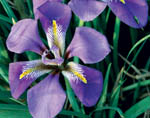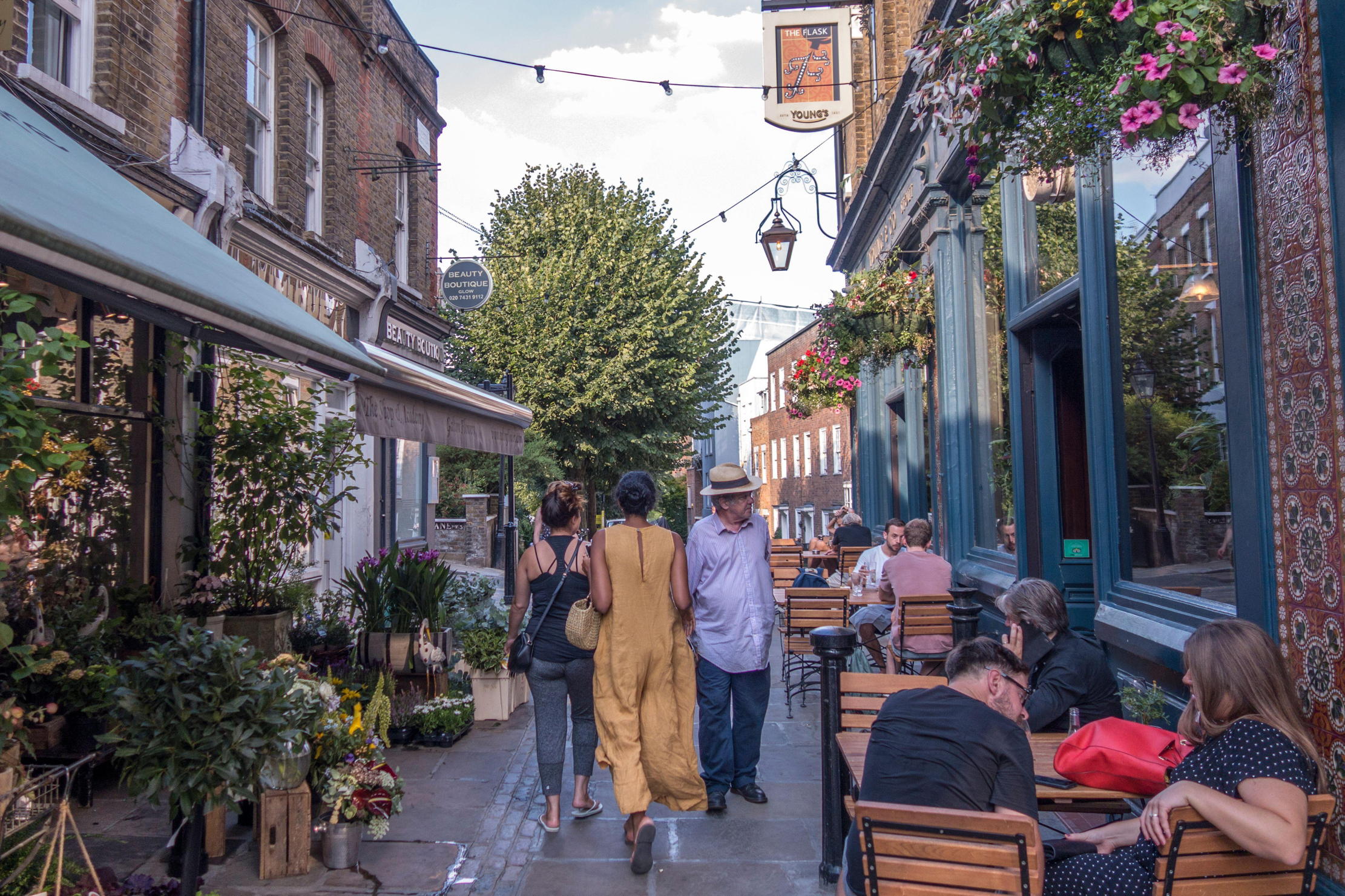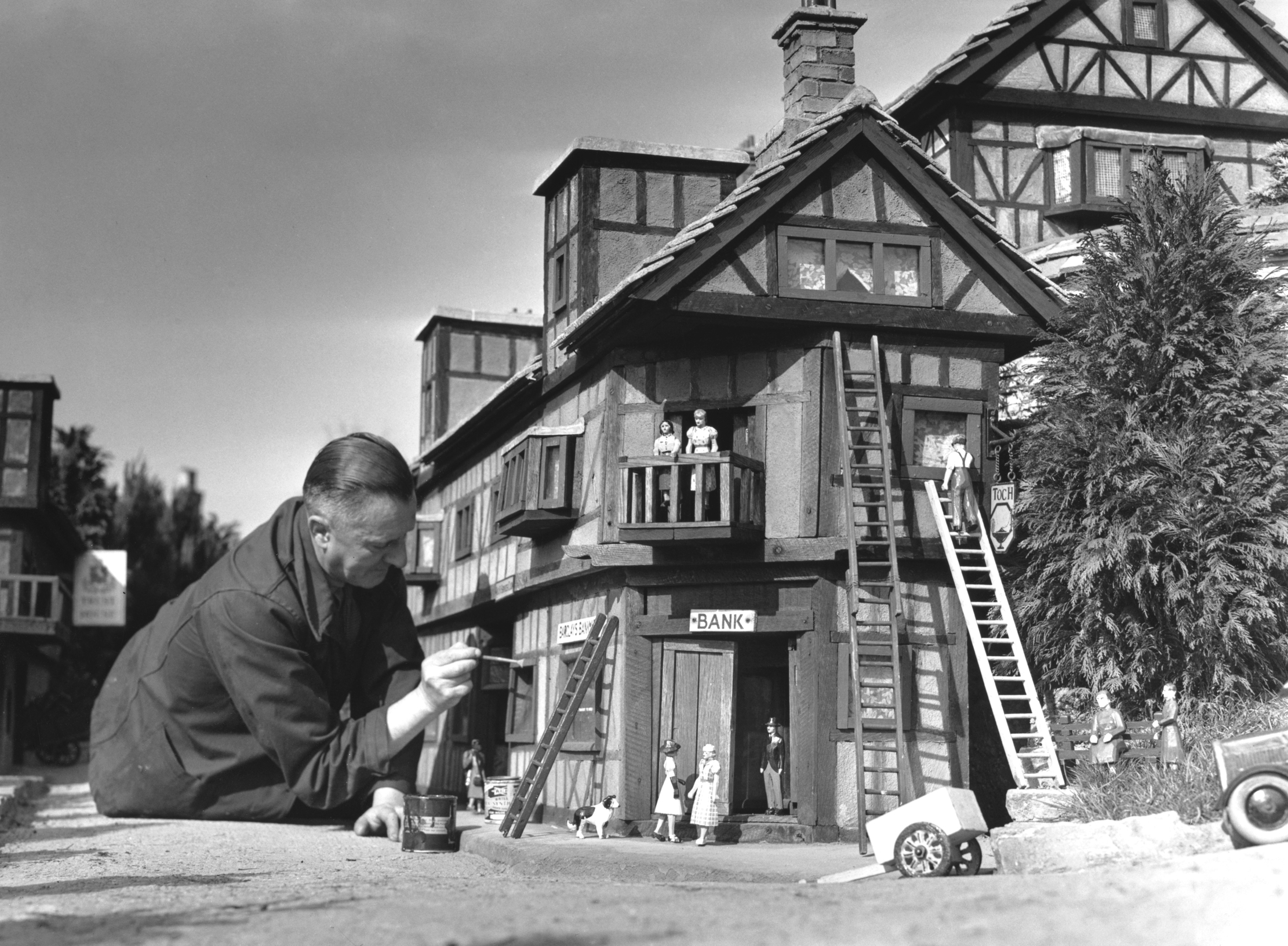The winter-flowering iris
Neglect is the best way to get the most out of the Cretan or Algerian iris


Patience,'observed Edward Augustus Bowles, 'seems to be the only manure Iris unguicularis needs.' One of the greatest British plantsmen of the last century, 'Gussie' was almost always right, as in the case of this beautiful winter-flowering denizen of North Africa and the eastern Mediterranean. A native of stony, seasonally arid places, it seems to resist our attempts to cosset it, either recoiling from fertiliser and hose and going into decline, or becoming obese and unproductive, all leaves and no flowers. No, what the Algerian or Cretan iris needs is the sort of neglect that gardeners sometimes find hard to do.
When it's stuck in an unpromising spot, it gradually achieves a critical mass, building up tussocks of evergreen foliage, coarse- and tired-looking in summer, refreshed and sea green in autumn. A year or two later, it rewards one's casualness with the first few flowers. Even then, you may wait another season or two until the real pay-off comes a succession of butterfly like azure blooms, large and silken, intricately veined and subtly scented. They nestle among its grassy blades from Advent to Eastertide. Reassuringly, once this has happened, it will happen again and again down the decades, as Iris unguicularis is a long-term investment that repays in much the same slow-burn way as a tree does. And if its flowers are borne too low down for some tastes (and battle-scarred backs), they can always be cut and brought indoors. No other winter-flowering hardy perennial matches Iris unguicularis's fluttering poise and cerulean clarity.
The neglect that this iris demands, and its love of hot sunny spots and rubbly soil, account for its presence in great sweeps beneath the façades of some country houses and in the narrow borders of Oxbridge quadrangles. As a result of such traditional haunts, Iris unguicularis became something of a social indicator: it was is a classy plant, like Magnolia grandiflora or a venerable wisteria. But its need to be left to its own devices must be respected; there should be no shearing of the foliage, however shabby-looking, and no ill-timed dividing of its clumps, no matter how importunate one's friends. I said that E. A. Bowles was almost always right. I do begin to wonder, however, about the amount of patience that one needs to lavish on Iris unguicularis. Two years ago, I bought some plants of Iris unguicularis Marondera, a fairly recently introduced cultivar, from Avon Bulbs of South Petherton, Somerset (www.avonbulbs.co.uk) at the Royal Horticultural Society's February show in the heart of London.
This show is one of the best places to see and acquire these irises, for numerous varieties are on sale, including those from another Iris unguicularis specialist, Broadleigh Bulbs of Taunton, Somerset (www.broadleighbulbs.co.uk). I planted my Maronderas beside a south-facing wall, and, following the advice of Avon Bulbs' proprietor Chris Ireland-Jones, began by spoiling them a little (planting them in a well-drained but fertile soil, with plenty of compost and water) to persuade them to get up a head of steam. Only when the tussocks were well established did I embark on the wilful neglect part of the programme.
This winter, they ve astonished me with flocks of luscious, lavender blooms that flicker among the polished paddles of Bergenia Overture and the silver-traced leaves of Arum italicum Marmoratum, another native of the warm south that comes alive when the north is at its coldest. Although Marondera is undoubtedly a winner, older cultivars such as Mary Barnard can be just as swift into flower and, like almost everything else these days, it is probably a question of climate. In which case, the Algerian iris is a garden classic whose day, at last, has come. This year's February London Flower Show at the RHS Halls, Vincent Square, London SW1, will be on Tuesday, February 12 and Wednesday, February 13 (24-hour information line: 020 7649 1885)
Read more gardening tips and countryside stories at www.countrylife.co.uk/countryside
Sign up for the Country Life Newsletter
Exquisite houses, the beauty of Nature, and how to get the most from your life, straight to your inbox.
Country Life is unlike any other magazine: the only glossy weekly on the newsstand and the only magazine that has been guest-edited by HRH The King not once, but twice. It is a celebration of modern rural life and all its diverse joys and pleasures — that was first published in Queen Victoria's Diamond Jubilee year. Our eclectic mixture of witty and informative content — from the most up-to-date property news and commentary and a coveted glimpse inside some of the UK's best houses and gardens, to gardening, the arts and interior design, written by experts in their field — still cannot be found in print or online, anywhere else.
-
 A day walking up and down the UK's most expensive street
A day walking up and down the UK's most expensive streetWinnington Road in Hampstead has an average house price of £11.9 million. But what's it really like?
By Lotte Brundle
-
 Life in miniature: the enduring charm of the model village
Life in miniature: the enduring charm of the model villageWhat is it about these small slices of arcadia that keep us so fascinated?
By Kirsten Tambling